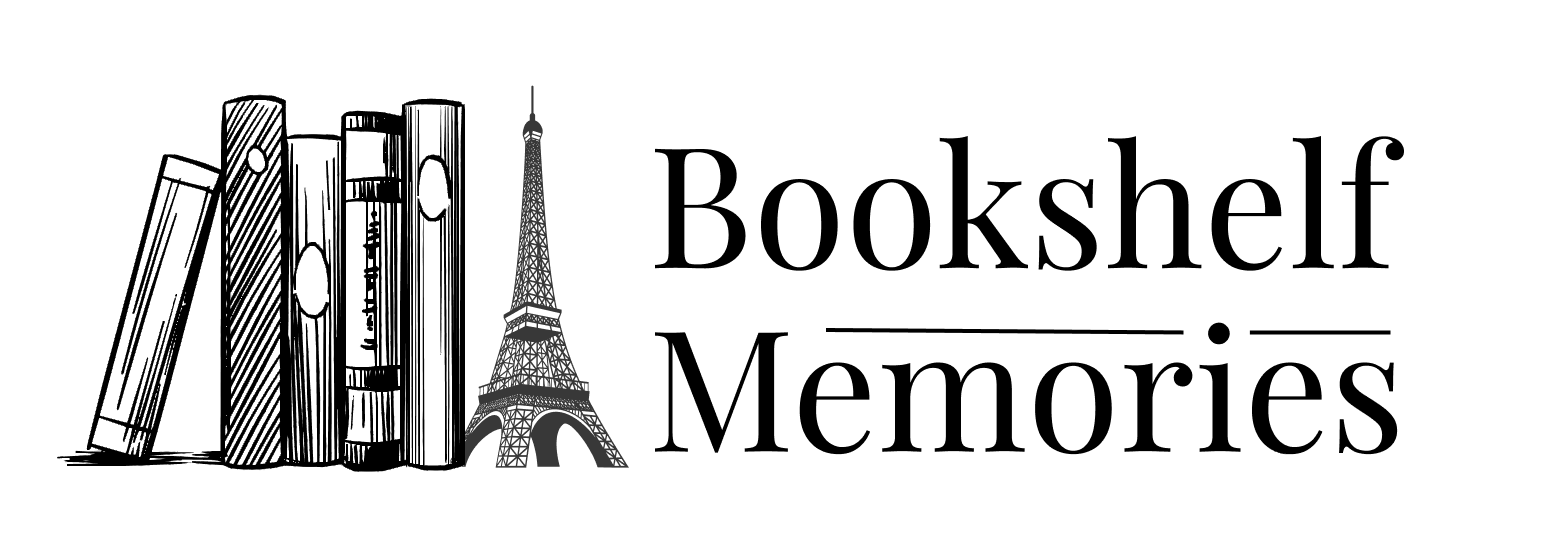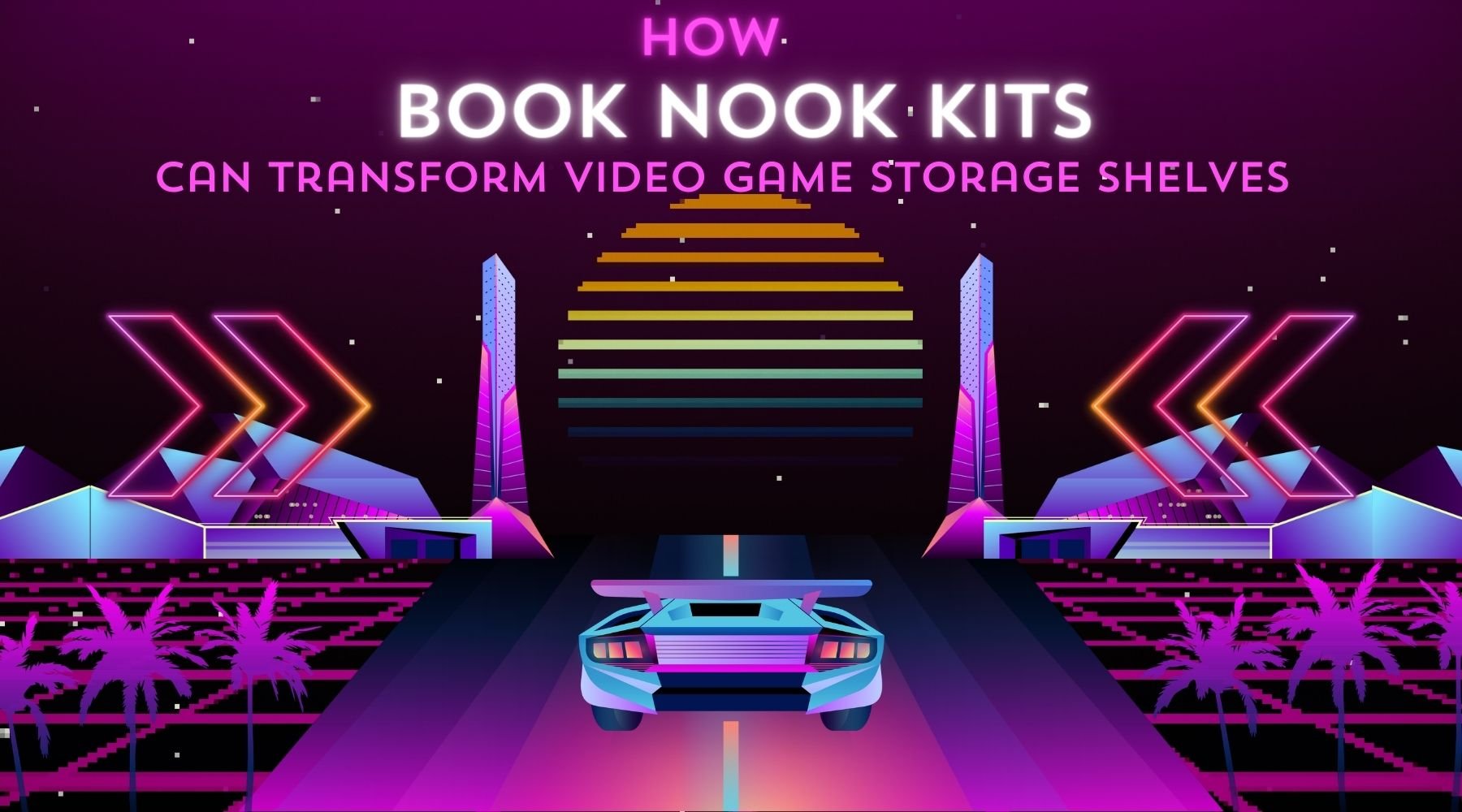You don’t need to be into books to take advantage of book nook kits to give your game shelves a makeover. A little creative ingenuity, some time to kill, and plenty of scrap crafting materials, you may be amazed at what’s possible. Book nooks on gamers shelves can feel so immersive that it’s like peering into a scene through a set of VR goggles. Yet, your eyes are not deceiving you! You truly can fit an entire scene into a book nook, and customize with miniature decals and LED lights in any color.
It all begins with a pencil sketch
Before taking a craft knife to chipboard, scissors to cardboard, and constructing mesh grills from plastic remnants leftover from waste packaging, take a beat to get your ideas onto paper. It’s easier to pick materials when you have a rough idea of what you’re creating. A neat cheat is to use AI to help you create a realistic looking sketch of what you’re miniatures would look like.
Using technology to shape your ideas for a book nook
Book nook kits are a terrific tech-free hobby, but if you’re building a custom book nook from scratch, technology will play a role. Mostly for 3D printing, but also for idea generation to help you shape your ideas, getting clarity over the design aspects before you begin crafting. It should help you minimize wastage, making more use of the materials you have - offcuts included!
Here’s an example of prompting ChatGPT to make an image of Ryu from Street Fighter 6. It can’t create images based on copyrighted characters, so the workaround is to describe in detail what you want your character to look like.

From there, you can continue to get ideas for the terrain, like this.

All the high-res screens can be replicated with vinyl stickers, or print them out with a standard printer and use modge podge or similar glue to stick them to the walls of your book nook. The vehicles, you may want to leave out. The bridge going across the scene, that could be the stage for a street battle with Ryu facing off with Rufus.

With the aspects to be included generated, next up is to piece the book nook together.
For that, the materials can be basic. Chipboard for the casing, some mount board or cardboard for the interior walls, plenty of stickers to decorate the scene, LED lights, and plastic moldings to form the bridge.
Then, comes the scale
Book nooks are not made to a particular scale, but they do have a commonality, which is what gives every diorama a sense of realism. If you’re working with a street alley scene, 1:48 scales and smaller could be ideal. The objective of working to a scale is for everything in the scene to be of an appropriate size. As an example, if you were wanting to create a Street Fighter book nook scene, you can find the action figures, such as Ryu are 6”.
Standard book nook kits tend to stand around 9.5” tall. So a figurine of 6” would dominate the scene. Instead, you can find some role playing miniatures that are just 1” in height. The rest of the scene could be depicted by terrain backdrops and accessories, such as LED lighting, bridges for an action figure to appear as though it’s about to bounce into the arena below.
Something to note about using characters in book nook kits to depict action heroes in video game themed book nooks is the scale. Miniatures tend to be 28mm or 32mm, but this is a reference to the scale and does not mean they are 32mm in height. It means for every foot in height, the scale is 1:32. If you have a warrior facing off on a street battle scene with a megatron, that goliath figure could be exaggerated (rightly so) to stand 3 times the height of the human figure giving it that perspective of the human facing off with a goliath in an epic battle scene.
The handicrafts that bring it to life
Bringing the book nook to life is the creative touches done with paint and adding textures to foam boards by scratching it with a craft knife making it appear like a rocky surface. Tarmac for roads and street paving can be given several coats of paint. The first a base layer, the second a dirtier coat of paint making it look worn and using paper towels to dab wet paint to give a touch of texture rather than being smooth. Behind each of the walls, since it is only board, slits can be cut to slot wiring in, and poke through some LED lights to use as street lighting, or illuminating parts of buildings. For example, instead of using neon stickers on all the buildings, slot in some clear acrylic for rectangle windows on skyscraper buildings and behind it, have neon pink LED or purple LED lights, giving the illusion of a light up sign on a tall building.




Share:
Book Themed Gift Ideas for Mothers Day 2024
9 Hobbies to Improve Mental Health